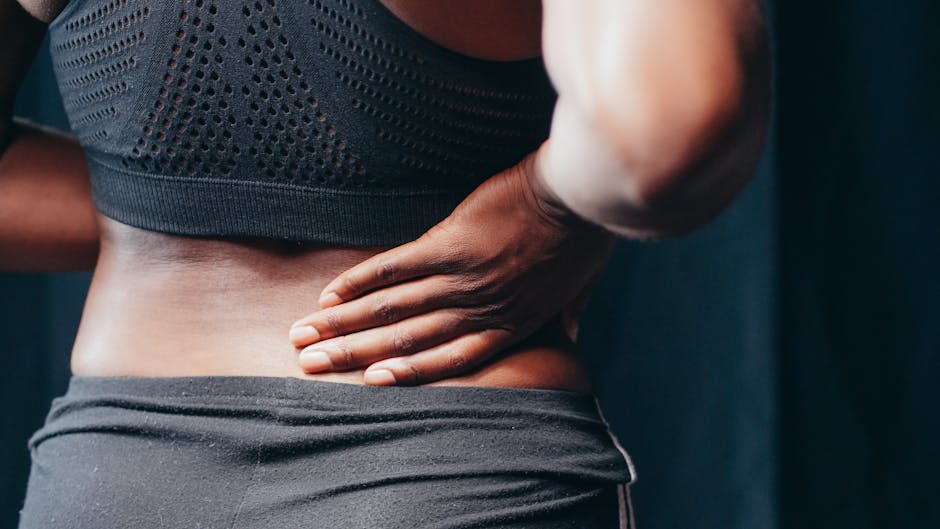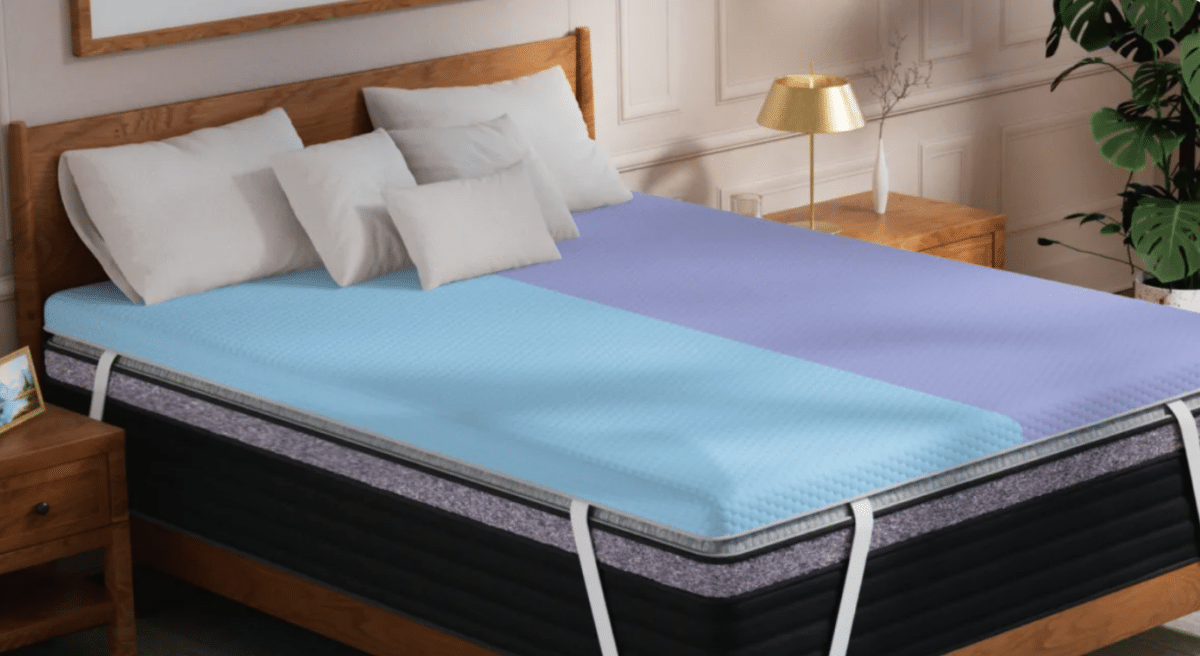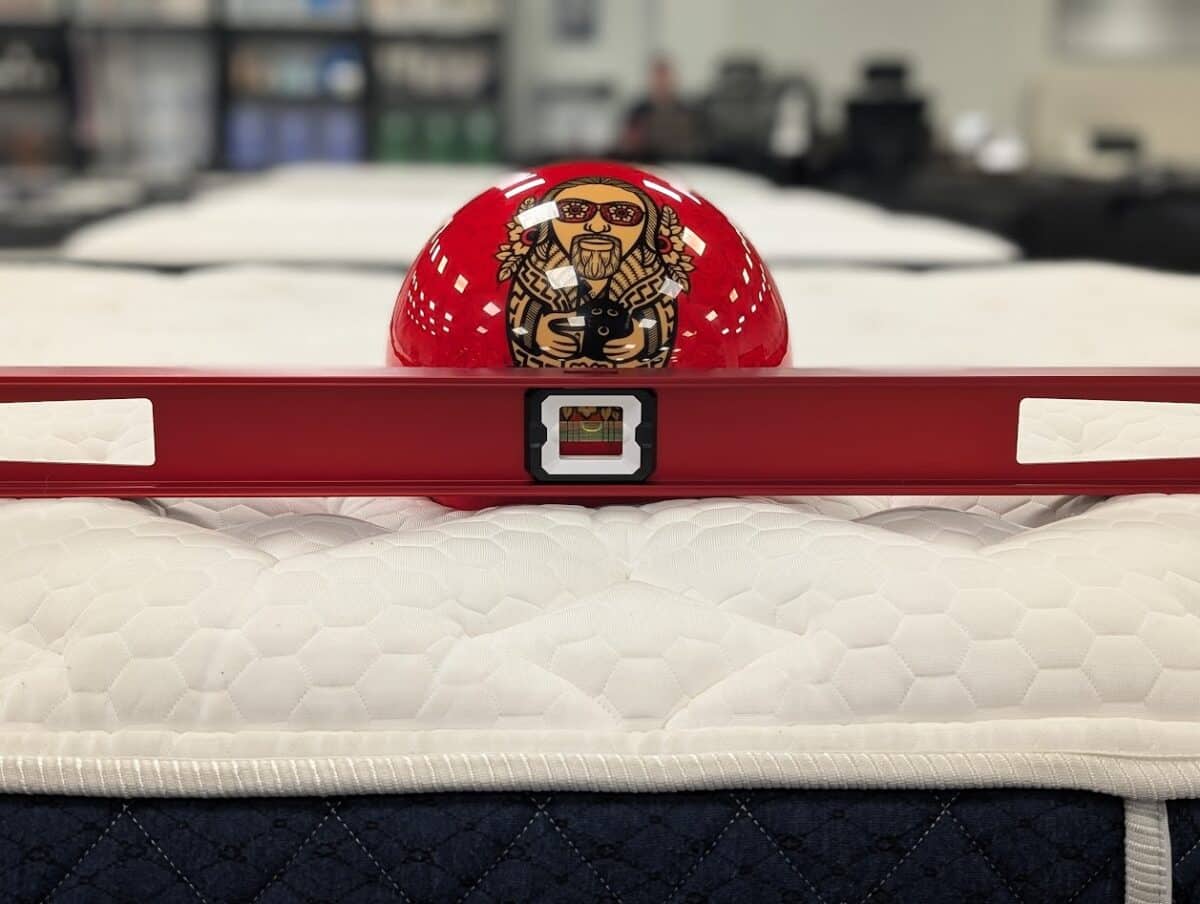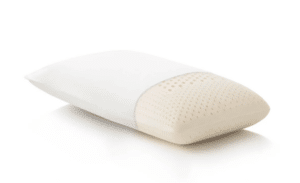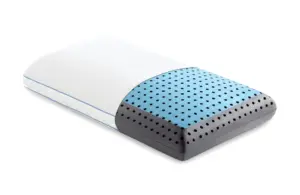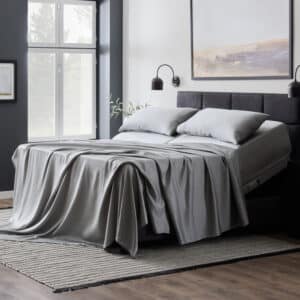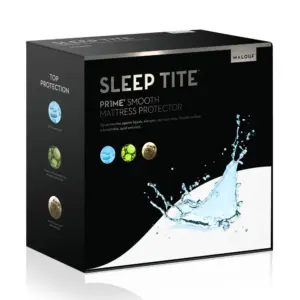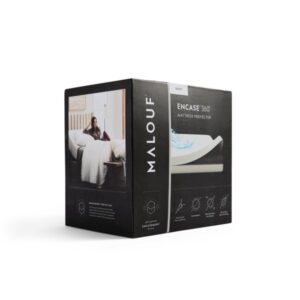Hypnic jerks, commonly known as sleep starts, are involuntary muscle spasms that typically occur during the transition from wakefulness to sleep. This phenomenon affects a significant portion of the population and is characterized by sudden, brief, and typically unilateral muscle contractions. They often accompany other sensations such as dreams, hallucinations, or sounds.
The exact cause of hypnic jerks remains a subject of research, with several theories being explored. One prominent theory suggests a neurological basis, where a misfire between nerves in the brainstem triggers the reaction. Another theory posits an evolutionary perspective, where the body’s relaxation is misinterpreted as a falling sensation, prompting a corrective jerk. Additionally, lifestyle factors like caffeine intake, exercise before sleep, emotional stress, and sleep deprivation are known to increase the likelihood of experiencing these jerks.
Despite their startling nature, hypnic jerks are generally benign and do not indicate any serious health issues. They are a part of the broad spectrum of sleep phenomena that highlight the complex interactions between the brain and the body during sleep transitions. For most individuals, hypnic jerks are merely a peculiar yet harmless aspect of the sleep process.
New Research On Hypnic Jerks
Recent research has shed some new light on hypnic jerks and their potential association with other conditions. Here are some of the latest findings:
Association with chronic health conditions: Studies have found that hypnic jerks may be more common in people with chronic health conditions that disrupt sleep, such as restless legs syndrome, obstructive sleep apnea, and chronic pain.
Possible link to movement disorders: Some research suggests that hypnic jerks may be more prevalent in people with certain movement disorders, such as Parkinson’s disease and restless legs syndrome.
Influence of antidepressants: Antidepressants, particularly selective serotonin reuptake inhibitors (SSRIs), have been associated with an increased occurrence of hypnic jerks.
Underlying neurological mechanisms: While the exact cause of hypnic jerks remains unclear, researchers are investigating potential neurological mechanisms, such as disruptions in the brain’s startle response or imbalances in neurotransmitters.
Impact on sleep quality: Although hypnic jerks are generally harmless, they can sometimes disrupt sleep and cause sleep fragmentation. This, in turn, could lead to daytime fatigue and other sleep-related problems.
Ongoing research aims to further elucidate the underlying causes of hypnic jerks, their potential associations with other conditions, and their impact on sleep quality and overall well-being. Understanding these aspects could lead to more effective management strategies for individuals experiencing hypnic jerks.
Leading authorities on Hypnic Jerks
Several researchers and clinicians have made significant contributions to the understanding of hypnic jerks, also known as sleep starts. Here are some of the leading authorities in the field:
Christian Guilleminault: A pioneer in sleep medicine, Dr. Guilleminault conducted extensive research on sleep disorders, including hypnic jerks. His work helped to establish the prevalence and characteristics of hypnic jerks and contributed to the development of effective diagnostic and treatment approaches.
Michael J. Breus: A clinical psychologist and sleep researcher, Dr. Breus has written extensively about hypnic jerks, including their causes, prevalence, and potential impact on sleep quality. He has also developed strategies for managing hypnic jerks and improving sleep.
Maurice H. Chokroverty: A neurologist and sleep medicine specialist, Dr. Chokroverty has conducted research on the neurological mechanisms underlying hypnic jerks. His work has provided valuable insights into the causes of these involuntary movements and potential treatment targets.
Michelle Larson: A sleep researcher and psychologist, Dr. Larson has studied the impact of hypnic jerks on sleep quality and overall well-being. Her work has shown that while hypnic jerks are generally harmless, they can sometimes disrupt sleep and lead to daytime fatigue.
Christel M. Smith: A neurologist and sleep medicine specialist, Dr. Smith has investigated the association between hypnic jerks and other medical conditions, such as restless legs syndrome, obstructive sleep apnea, and chronic pain. Her work has helped to identify potential risk factors for hypnic jerks.
These researchers and clinicians have made significant contributions to our understanding of hypnic jerks, their causes, and their potential impact on sleep and overall health. Their work continues to guide research and treatment strategies for individuals experiencing this common sleep phenomenon.
Ways to Get Rid of Hypnic Jerks
Here are some strategies that may help reduce the frequency and intensity of hypnic jerks:
Maintain a regular sleep schedule: Going to bed and waking up at the same time each day, even on weekends, can help regulate your body’s natural sleep-wake cycle and reduce sleep disruptions.
Get enough sleep: Most adults need around 7-8 hours of sleep per night. Aim for a consistent sleep duration that allows you to feel rested and refreshed upon waking.
Avoid caffeine and alcohol before bed: Caffeine is a stimulant that can interfere with sleep. Avoid caffeine consumption in the hours leading up to bedtime. Alcohol may initially make you feel drowsy, but it can disrupt sleep later in the night.
Manage stress: Stress can contribute to sleep disturbances, including hypnic jerks. Practice relaxation techniques such as deep breathing, meditation, or yoga to manage stress levels.
Create a relaxing bedtime routine: Establish a consistent routine that signals to your body that it’s time to wind down. This may include taking a warm bath, reading a book, or listening to calming music.
Optimize your sleep environment: Ensure your bedroom is dark, quiet, and cool to promote restful sleep.
Exercise regularly: Regular physical activity can improve sleep quality, but avoid strenuous workouts close to bedtime.
Seek professional help if needed: If hypnic jerks are severely disrupting your sleep or causing significant distress, consult a sleep specialist or healthcare provider. They can evaluate your sleep patterns and underlying medical conditions to determine the most appropriate treatment approach.
Remember, hypnic jerks are a common occurrence and they usually do not require medical intervention. By implementing these strategies and maintaining good sleep hygiene, you can help minimize their frequency and improve your overall sleep quality.




